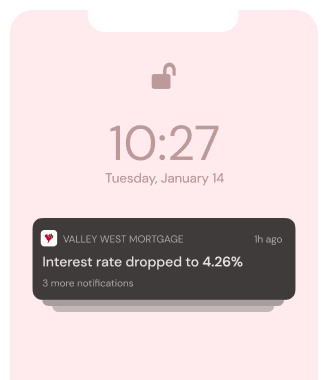In the next 30 years, the United States Census Bureau predicts a stark rise in the population of elderly persons in the United States. Up to 2050, the Bureau predicts that persons aged 60 and older will increase, with the overall number of persons over 90 by the year 2015 being well into the millions.
In comparison to the 7.1 billion people that inhabit planet Earth as of 2013, that number seems small. However, in the decade, the United States has done a considerable amount to recognize this growing population more in a number of ways. One of the many ways and benefits available to all persons 62 years of age or older lies in what’s called a reverse mortgage.
A reverse mortgage is exactly what it sounds like: rather than the borrower making a monthly payment to the lender, the lender instead makes a monthly cash payment to the borrower. This is a concept that began in Portland, Maine in 1961, according to Reverse Mortgage Info. The reverse mortgage was made to Nellie Young by Nelson Haynes of Deering Savings and Loan in an attempt to help her maintain her home after her husband’s death.
This is the entire concept behind reverse mortgages. After the first one was issued, the 1970s and 1980s saw an even more increased need to help elderly persons maintain their home and cover their personal expenditures after retirement. President Reagan officially signed the FHA insurance bill for reverse mortgages in February of 1988, according to reverse mortgage info, allowing senior citizens to use the equity of their home as a cash subsidiary toward them from the lender, without ever making a payment.
Because many older citizens choose to retire from work, their pocket books could be severely affected, finding a necessity to fain an income through more ways than just a personal savings. Reverse mortgages offer this, and remain popular today as the social security system seems to become less reliable. However, a reverse mortgage does not come without risks.
First, it’s important to remember that a reverse mortgage is STILL a loan. As long as the borrower lives in the house and stays up to date on home owners insurance and taxes, they will not have to make payments. Eventually, though, somebody will, and the fees associated are often high, as well as the interest rates that come along with it (which aren’t based off of your income). You’ll also still be responsible for house maintenance while you live in the home. Most concerning, should the home owner die while still living in the home, there is no guarantee that the family will get the property. Because the loan will have to be paid, the home will have to be sold, or the family can pay off the reverse mortgage.
Like all mortgages and financing, it’s important for elderly persons to consider all risks and benefits of a reverse mortgage before choosing to engage in a contract for one.

Instant notifications for your scenario
Let's do it⏰ Your offer will be delivered to your inbox in less than a minute!